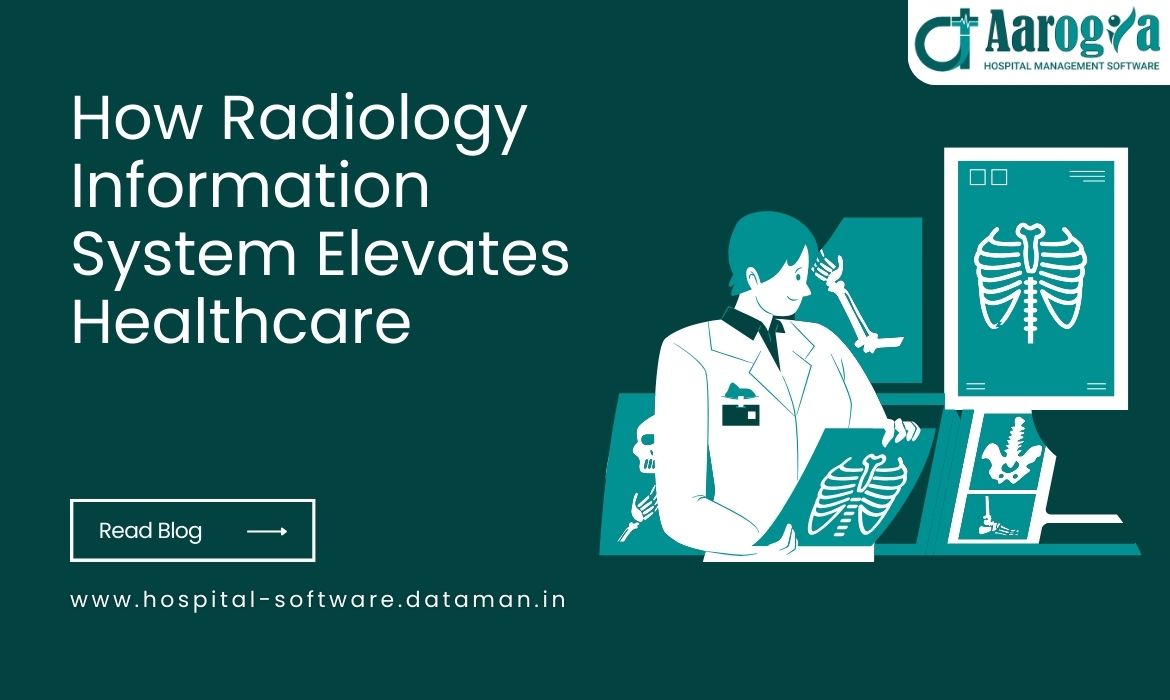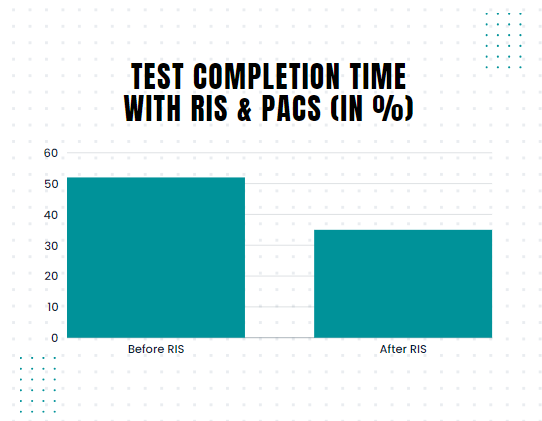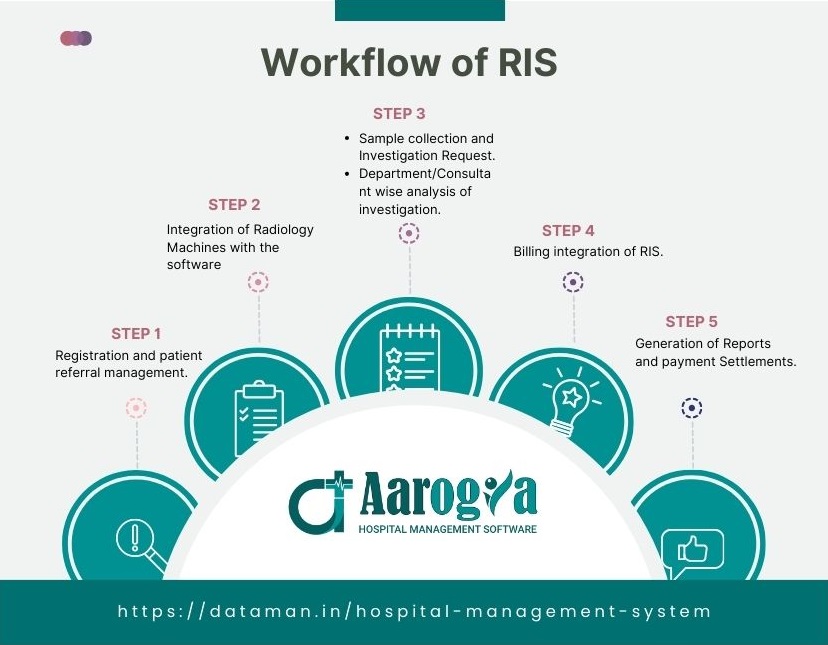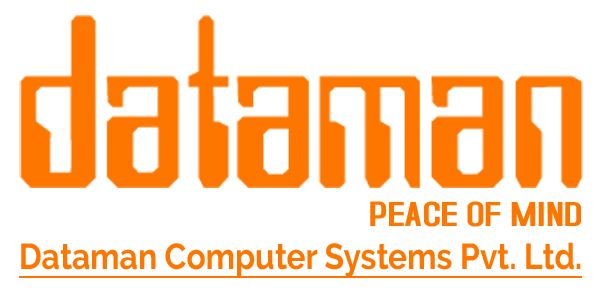- +91 9511117684
- shweta@dataman.in

Table of Contents
Post Views: 15,182
Radiology information system is at the centre of modern healthcare as it provides a critical link between patient care and technological advancements in medical imaging. It is a specialized software solution designed for the busy and sometimes messy environment of hospital radiology departments. The primary objective of the Radiology Information system is to efficiently manage the vast amounts of imagery data generated daily in the lab.
Why Radiology Management Matters
A RIS system is not just a way to store your digital files, it’s a powerful tool that helps you manage your patient records, orders and billing with ease. By implementing this system, radiology departments can overcome the challenges of manual work and embrace a streamlined digital approach. This means you can save time on administrative tasks and spend more time on what matters the most– diagnosing and treating patients.
So, the question is: what exactly does this automation software (RIS) do?
1. Patient Records & Orders
Suppose a doctor orders an X-ray for Mr. Ashish. With an RIS, that order gets digitized, passing through the system within seconds. After which, Mr. Ashish’s record, complete with past scans and medical history, pops up on a screen, ready for the technician to review. Here, he need not be scrambling through paper files or communicating with doctors. All required information is there, neat and clean, saving time and reducing errors.
2. Efficiency in Billing
A proper and smooth billing process is imperative for any radiology laboratory. The Radiology Information System makes billing a piece of cake. The system keeps track of every process from scans to procedures so that you get accurate invoices, faster payments, and satisfied accountants (and maybe even satisfied patients, who can understand their bills without a PhD).
3. Image Archive
The Radiology information system RIS turns Ultrasounds, CT Scans, MRIs, X-Rays etc. into a neatly organized digital library. Scans are stored securely, easily accessible to authorized personnel, and these scans can even be shared with other hospitals electronically. So, the fear of missing a file or losing images can be alleviated.
4. Streamlining Every Step
It’s not just storage and billing, the software makes the entire radiology workflow smooth and flawless. The system schedules appointments, tracks test progress, and even sends reminders to patients and doctors for respective work. It’s like having a personal assistant for every aspect of the department, ensuring smooth operations and happy staff.
5. Patient Referral Management
Patients are generally referred by doctors for check-ups and laboratories have to enter and track the doctor’s referral for each patient. RIS systems provide a secure interface to manage referrals efficiently.

Studies show that’s exactly what hospitals achieve with Radiological Information Systems (RIS) and Picture Archiving and Communication Systems (PACS), slashing test completion times by a whopping 52% to 35%.
Integration and Workflow Optimization

One of the standout features of the RIS is its ability to integrate seamlessly with other software systems, including those managing image archives. This integration ensures that all patient information and imagery are accessible in one place, eliminating the need to switch between multiple platforms. As a result, the workflow is smoother, and the process of retrieving and reviewing images becomes faster and more efficient.
Step-by-Step Workflow of Radiology Information System
Step 1 : Registration and patient referral management.
Step 2 : Integration of Radiology Machines with the software
Step 3 : Sample collection and Investigation Request. Department/Consultant wise analysis of investigation.
Step 4 : Billing integration of RIS.
Step 5 : Generation of Reports and payment Settlements.
The Benefits of Radiology Information Software
- Enhanced Diagnostic Capabilities: With all relevant data at their fingertips, radiologists can make more informed decisions, leading to better patient outcomes.
- Improved Patient Experience: Quicker turnaround times for imaging results means patients receive their diagnoses and treatment plans sooner.
- Cost-Effectiveness: By reducing the need for physical storage and streamlining administrative processes, hospitals can cut costs and allocate resources more effectively.
Data Security: RIS solutions often come with robust security measures, ensuring that sensitive patient data is protected against unauthorised access.
Also Read: Hospital Pharmacy 101: What It Is, Why It Matters, and How to Manage It
Conclusion
In conclusion, the radiology information system is not just a technological upgrade—it’s a catalyst for better healthcare delivery. By embracing these automation software, radiology departments can enhance their service quality, improve patient satisfaction, and contribute to the overall efficiency of the healthcare system.
Until then, happy scanning!
0

